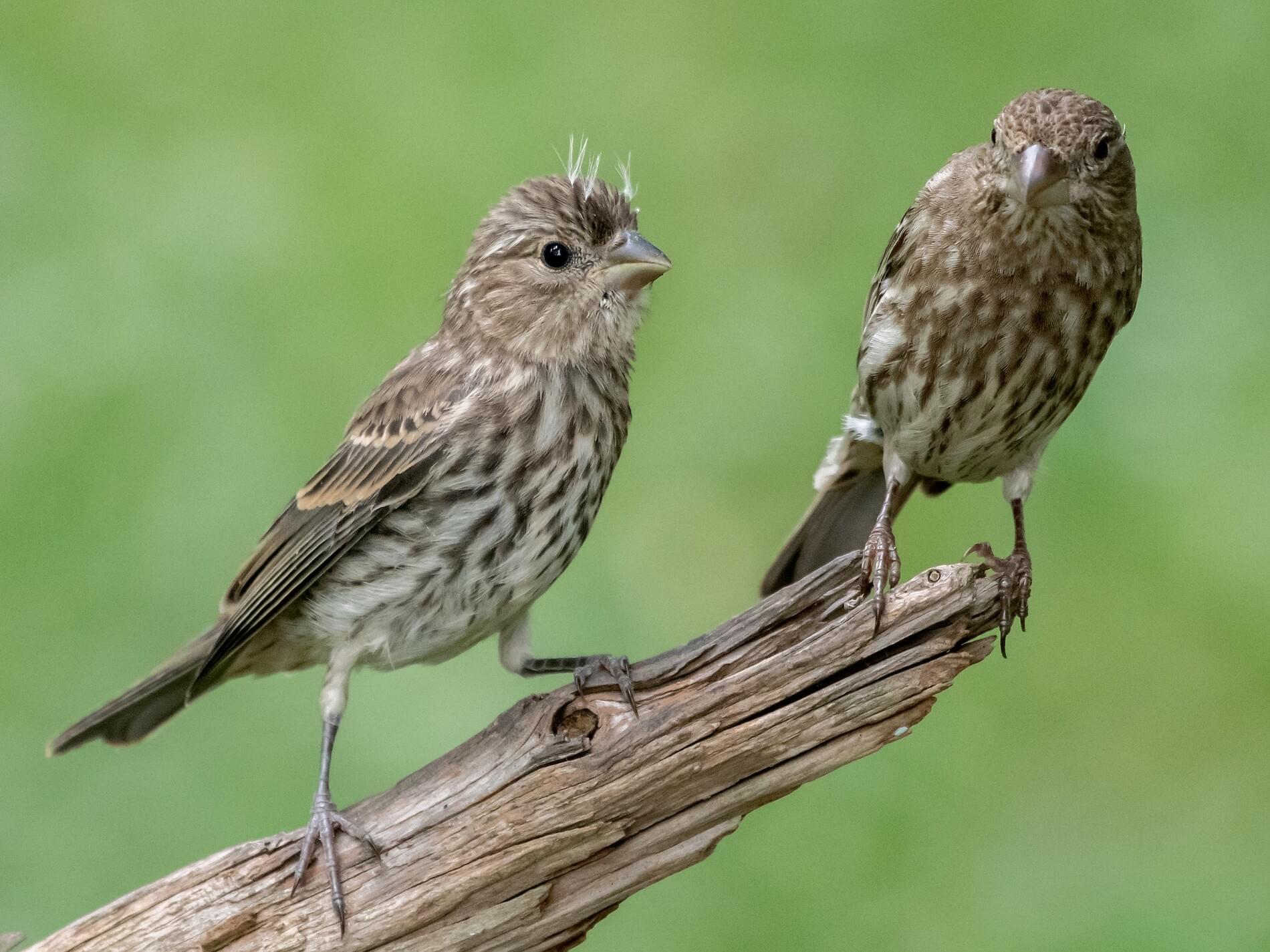Table Of Content

He is about 5 1/2 inches long from beak tip to end of tail, with red on the head, upper breast, and flanks. In some regions, the color red may be replaced with yellow or orange. They love sunflower seeds and thistle, so feeders that host these delicacies are bound to attract local finches. Humans and House Finches interact quite frequently, especially in the eastern portions of their range.
Find This Bird
House Finches are found in most of the continental United States, but it never used to be that way. Birdwatchers only spotted the traditional House Finch in the western portion of the United States (and Hawaii) until the 1940s. Small finch with a conical bill that it uses to crack open seeds.

Where do house finches nest?
9.) The species has been dealing with its own pandemic for decades. House Finch eye disease, a form of conjunctivitis, was first detected in Washington D.C. Since then, the bacterial illness has expanded continent-wide and caused big declines in House Finch numbers. Infected birds often have swollen or reddened eyes and may appear inactive or confused. Over time, it leads to birds becoming blind, disoriented, and vulnerable to predators.
Purple Finch
The males either mock feed or regurgitate food in the female's mouth. To supply demand, pet stores in the eastern part of the US were importing this small bird with a redhead from its native home, California. We've made this site to make it easier to learn everything you need to know about your favorite songbird species.
Hanging planters, dense ivy, and abandoned farm equipment are other popular options. You can also provide nest boxes if you want to attract house finches to your home. The length of nesting season varies slightly based on what region a house finch is nesting in.
The range of the purple finch is restricted to the dense forests of the West Coast, southern Canada and the northeastern U.S. during breeding season. And purple finches may be seen anywhere in the southeastern states during fall, winter and spring. House Finches, small brown birds (the male has red, orange, or yellow cap, breast and rump), are common permanent residents in much of Texas. Their story is one of the most fascinating in modern ornithology. The species was once mostly sedentary and in western North America.
Feathered Paradox: The Unexpected Social Habits of Sick House Finches - SciTechDaily
Feathered Paradox: The Unexpected Social Habits of Sick House Finches.
Posted: Sun, 19 Nov 2023 01:00:02 GMT [source]
Some females may find a new mate and raise another brood while the first male continues to feed the young. He does this by regurgitating the seed into the female's beak. During incubation and for about five days after the young have hatched, the male will feed the female in the nest.
Get the best of Birdfact
What's in Your Backyard: How The Colorful House Finch Found Its Way to New Jersey - Montclair Local
What's in Your Backyard: How The Colorful House Finch Found Its Way to New Jersey.
Posted: Sat, 08 Jul 2023 07:00:00 GMT [source]
Development of the ability to migrate south in winter by House Finches probably facilitated this expansion. By 1992 the western boundary had reached the western edge of southern Minnesota, Iowa, Missouri, and parts of Arkansas, Louisiana, Nebraska and Oklahoma (Hill 1993). Population expansion has continued since then, but more slowly (Sauer et al. 2003). The difference between these birds becomes clear when you compare the adult males. Purple finches are a deep cranberry or raspberry color on most of their body.
Feeding Habits - What is the Best Seed for wild House Finches to Eat
People set birdfeeders in their backyard, and these birds utilize feeders as a source of food. However, farmers dislike these birds because they damage crops, particularly fruits. In fact, the vast majority of these finches in eastern North America survive by living in close proximity to humans.
Look for House Finches feeding on the ground or at bird feeders, or perching high in nearby trees. Female/immature Purple Finches have crisp streaks on the breast and flanks unlike female/immature House Finches, which have blurry streaks on the breast and flanks. They also have a white eyebrow and mustache stripe that female/immature House Finches lack. STATUS House Finches are uncommon to locally common throughout most of Texas.

The Cornell Lab will send you updates about birds, birding, and opportunities to help bird conservation. Note plain mostly brown face pattern without pale stripes; also the notched tail. House finches generally lay their first clutch in early March. However, the laying season may continue through August or September.
When this happens, the eggs may be removed by the Finches or the nest may be abandoned. Some females will begin a second nest just before the first clutch fledges. During courtship, females solicit food from prospective mates.
On average, a pair will produce two successful broods in one nesting season. House finches can lay up to six clutches, but usually, no more than three make it to the fledging stage. Cardinals are beautiful and colorful birds that are often attracted to bird feeders.
Eating the fruits and flowers of cacti, such as saguaros and ocotillo, allows the finches to get enough liquids without drinking directly. Still, they love water as much as any other species, and a birdbath is likely to draw lots of them to your yard. Plumage coloration ranges from yellow to bright red depending on the amount of carotenoid rich foods they eat; the more carotenoids in food the brighter red they become.

No comments:
Post a Comment